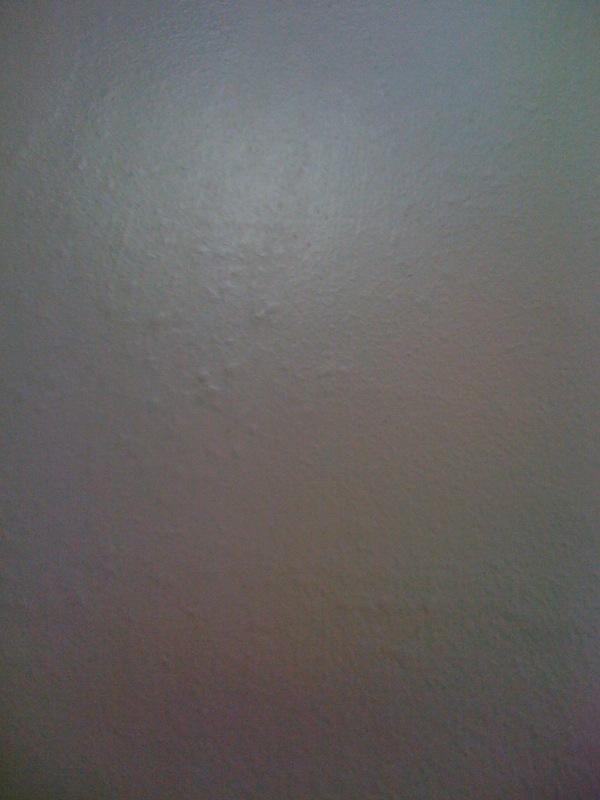Hello - I had an entrance porch and back extension added to my house. I got it painted and plastered in December but after a couple of weeks strange bubbles appeared on the walls but only in patches - almost look like the wall got infected. I first thought it might be because the plaster was not mixed properly so it is air bubbles but it only appeared afterwards and it is getting worse. Any idea what it might be?
Thanks for the help
Thanks for the help


